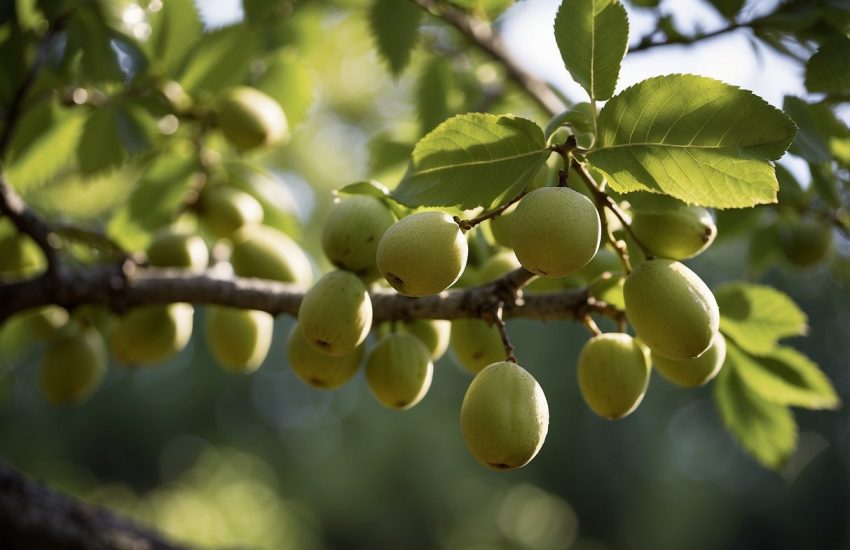6 Best Citrus Trees To Grow In South Louisiana
It is a blessing that we have a favorable climate here in south Louisiana that permits us to grow citrus (a tropical fruit). It is only the occasional record breaking cold spell that can kill mature citrus trees that makes us halt.
A mature citrus tree will be killed by temperatures in the teens or lower single digits for five to ten hours. Newly planted trees as well as established trees will be destroyed by low temperatures in the mid to upper teens.
As a result, we recommend some varieties of citrus that are more hardy in colder climates like Satsumas and Kumquats.
If the temperature falls below 27 degrees for an extended period of time, the LSU Age Center does recommend bringing in protective equipment.
You should first consider where you live and where you want to plant the citrus tree when choosing the type of tree to plant.
As you go south, the plants need to be less cold-hardy. Kumquat, Satsuma, Sweet Orange, Navel Orange, Grapefruit, Lemons, and Lime are the cold hardiest citrus fruits. In this range, Baton Rouge has medium acidity. It is suitable for oranges, satsumas, and kumquats.
More often in the north there will be killing freezes, while farther south towards New Orleans they are few and far between.
Creating a microclimate in your backyard that stays a degree or two warmer during the coldest nights of the year will help your citrus survive. You’ll find these areas mostly on the south-facing side of your home, where most of the winter sun shines.
In spring and summer, make sure you fertilize your tree as it grows. Our recommendation is Fertilome’s Fruit, Citrus and Pecan Food.
Late summer and fall are not the most ideal times to feed. Plants will be able to slow down properly for winter. That’s what hardening off is all about. When plants harden off, they are able to withstand freezing temperatures better.
Centennial Variegated Kumquat Tree
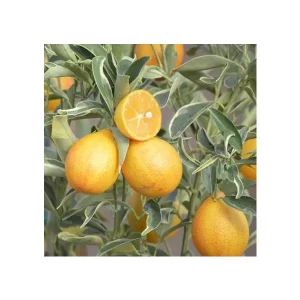
Having a sweet and tangy rind, the Centennial Variegated Kumquat Tree (Fortunella japonica ‘Centennial’) tastes like a cross between a kumquat and a mandarin orange – not as sour as you might expect.
They can also be quite tart, so be warned! Although Centennial Variegated Kumquats are similar to other varieties of Kumquats, they are unique.
Not only is this variety unique in looks, but it also has a unique flavor!
A second thing that makes this beautiful tree stand out is the coloration. In contrast to the usual green and yellow stripes on oranges, the yellow and green stripes on these leaves are unusual.
There are also stripes on the fruit themselves – yellow with green stripes while they are growing, but turning orange with red stripes when they mature.
The tree may flower with gleaming white blooms in the fall and produce fruit in the late winter, but it can hold its fruit for months at a time, so it will appear as if there are fruit and flowers on the tree year-round in the right climate.
Gold Nugget Mandarin Tree
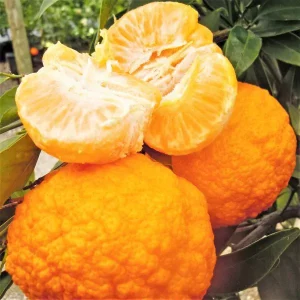
Citrus reticulata Blanco (Golden Nugget Mandarin) is sweet, juicy, and full of antioxidants! They may be small, but they are fully loaded with flavor!
By professional taste panels, Golden Nugget Mandarins have been voted one of the best-flavored citrus varieties worldwide! Juicy, sweet, and rich in flavor!
The name Golden Nugget derives from the sparkling deep-orange color of the segments inside, as well as the rough nugget-like texture of the rind.
The rind easily peels off the fruit, making it an excellent snack fruit to share with children.
Everyone will be happy if you put some in their lunchboxes! Typically, these fruits are seedless, which makes them easier to eat!
These blooming trees are beautiful landscape trees, but they also look great in a sunny window if you live in a cold climate.
Cara Cara Sweet Orange Tree
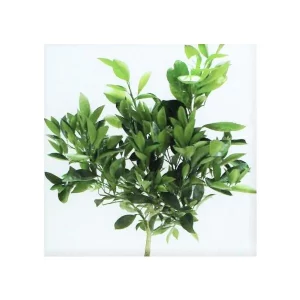
Let us avoid getting all existential on you, but does orange juice have to be orange? Couldn’t a berry orange taste like an orange? How about its appearance?
These questions are answered with a resounding YES to all! Let’s meet Cara Cara Sweet Orange.
Discovered relatively recently in the 1970s, the Cara Cara took years to reach American markets, and even then it was only available in specialty grocers.
Our mission at Nature Hills is to spread awareness and encourage the growth of this plant. Cara Cara could be life-changing, and we don’t think we’re overstating!
On the outside, Cara Cara looks like a regular orange. The inside, however, is indescribably delicious! The flesh of a pink grapefruit is not the deep red of a blood orange, but rather a sparkling rose. The juice of this fruit is also pink.
Washington Navel Orange Tree
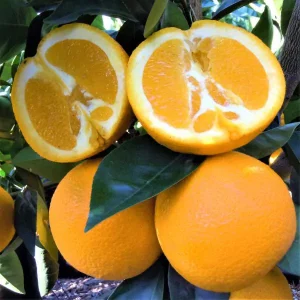
When most people think of a fruit, they see Washington Navel Oranges. These delicious fruits have no seeds and are easy to peel.
Fruit-bearing trees don’t come much more charming than this. I have no doubt that it is the world’s most popular orange tree.
Its fruit is sweet and contains just enough juice to make excellent fresh orange juice.
This plant matures early, so you won’t have to wait long before you get your first crop.
In addition, it’s one of the first winter crops you can harvest. The Cara Cara, with its lovely pink flesh, is one of the few varieties of orange that ripens earlier than others.
You can expect plenty of the exquisite, easy-peeling oranges, since it is a high-yield variety. It is easier to peel and separate large, meaty pieces of fruit from one another.
This is probably why they are a traditional part of all school lunches in the country! Besides being sweet, it’s also a great way for kids to get their nutrients.
Dancy Tangerine
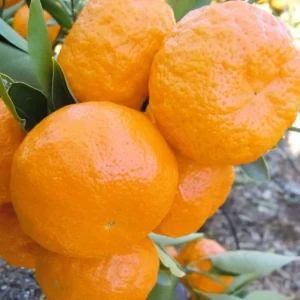
In Zones 9 and 10, the Dancy Mandarin Tangerine tree (Citrus reticulata ‘Dancy’) will provide many years of enjoyment, whether it is grown in the ground or as an indoor-outdoor container plant.
It is one of the most loved and well-known producers of zesty, sweet, easy-peeling Mandarin oranges.
In each year’s Chinese New Year, this variety plays a key role. Bright orange fruits remain on the trees for months at a time.
Orange, spherical fruit hangs from the dark green, rough textured foliage, creating a stunning display.
Bring your container indoors for Chinese New Year or host a Christmas breakfast next to it!
You can add a bit of the tangy juice to your Mimosa for a signature Brunch Cocktail. A component of both fresh and frozen juices, this fruit is sold commercially. It’s easy to grow at home.
Kaffir Lime Tree
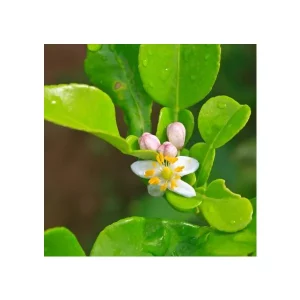
Easily grow Thai spices at home and save money. Known for its leaf, the Kaffir Lime tree (Citrus hystrix ‘Kaffir’) is grown primarily for its culinary value throughout Southeast Asia, primarily in recipes from Thailand, Indonesia, Cambodia, and Laos.
The Kaffir leaf and the fresh lime zest of the fruit contribute a great deal of flavor, similar to Bay leaves or Lemongrass.
Your own Thai curries and stir-fries will taste even better when they’re prepared with the freshest ingredients.
Kaffir lime’s leaves are in high demand worldwide for their essential oil, which appears as two different segments in the double lobed leaf.
The fruit’s rind is the most important part. Harvest the zest from the outside and add it to food and drinks. It is used for a variety of household uses, and when prepared correctly it is extremely powerful.

